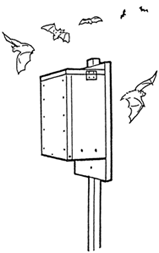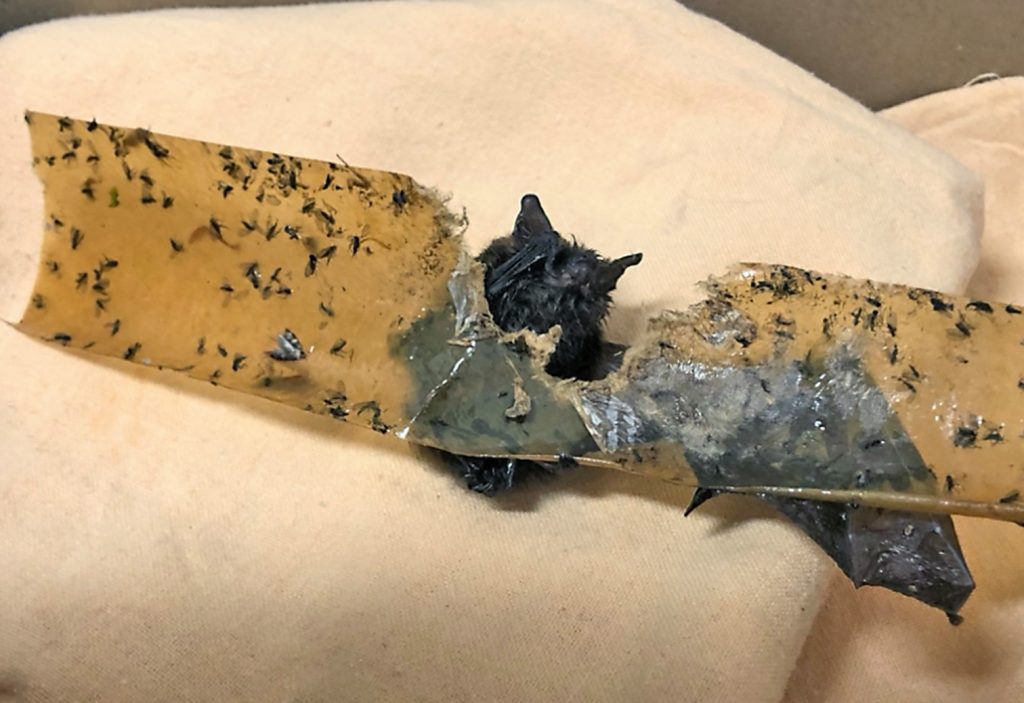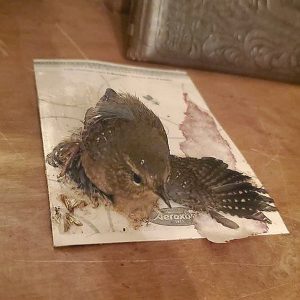Find out some interesting facts about bats in British Columbia, how you can help save them, and how you can live with them in an urban setting.

Construction And Placement Of Bat Houses
Bat houses have been used successfully for a variety of bat species. Regardless of the kind of house you build, the inner surfaces must be rough enough for the bats to climb. Do not paint your bat house: paint or varnish may be a repellent to bats. Rough-sawn cedar or cypress is best to use because no painting is needed. Bat houses should be fastened to a tree trunk or the side of a building about 12 to 15 feet above the ground. The best place is where they will get morning sun but will be shaded in the afternoon.
Sometimes bats move into a bat house within a few weeks. However, bats may require a year or two to find a new bat house. Chances of early occupancy can be increased by hanging your houses before April. Houses are usually occupied more quickly if bats are already present in nearby barns or attics.
Don’t use Fly Paper or other Sticky Traps
We’ve received several bats which were stuck to flypaper like this little brown bat. None of the bats have survived. What made this instance even more distressing is the bat had tried to escape the sticky and possibly toxic flypaper by eating it.

These traps are also dangerous to birds.

This poor little wren was caught by a cat and brought indoors. After escaping the cat, he flew into a clothes closet and became stuck to a moth sticky pad. Thankfully he was quickly brought to us, and we were able to free him from the pad. His wings were fine but many body feathers, firmly stuck to the pad, were missing. We were amazed this tiny bird survived his ordeal.
